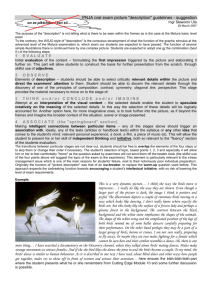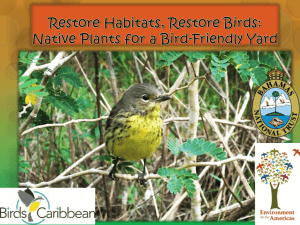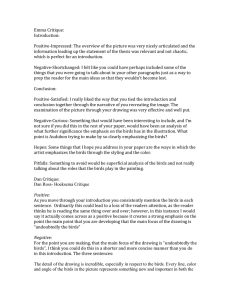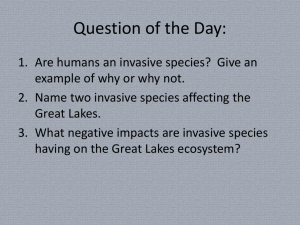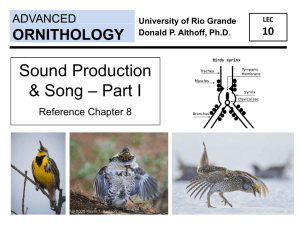How do birds vocalize? - BirdSleuth K-12
advertisement
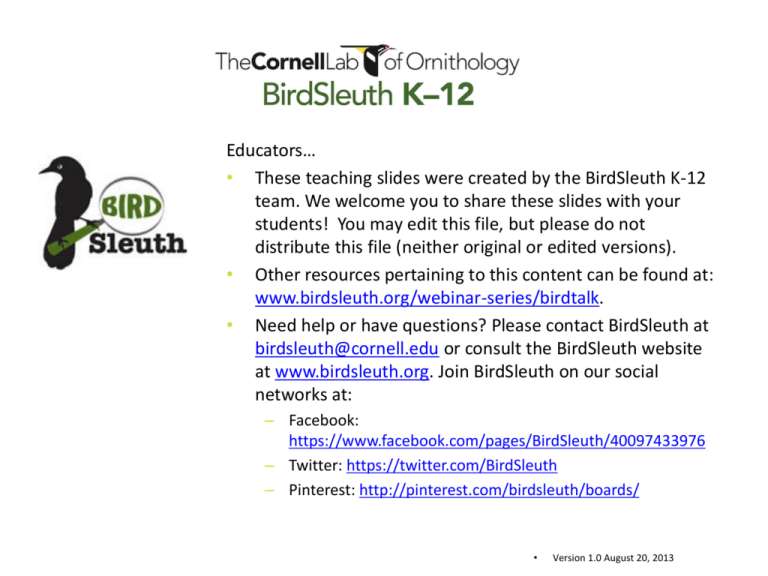
Educators… • These teaching slides were created by the BirdSleuth K-12 team. We welcome you to share these slides with your students! You may edit this file, but please do not distribute this file (neither original or edited versions). • Other resources pertaining to this content can be found at: www.birdsleuth.org/webinar-series/birdtalk. • Need help or have questions? Please contact BirdSleuth at birdsleuth@cornell.edu or consult the BirdSleuth website at www.birdsleuth.org. Join BirdSleuth on our social networks at: – Facebook: https://www.facebook.com/pages/BirdSleuth/40097433976 – Twitter: https://twitter.com/BirdSleuth – Pinterest: http://pinterest.com/birdsleuth/boards/ • Version 1.0 August 20, 2013 Play Mystery Sound! > Tufted Titmouse European Starling Northern Cardinal American Robin Red-winged Blackbird Ovenbird Black-capped Chickadee Song or call? ♪Hey sweetie, come check out my territory!♪ • A song is a longer and more complex vocalization, often with specific repeated patterns – Usually used to attract mates or defend territory • A call is a shorter, simpler vocalization I’m here! Where are you? – Used to sound alarms, tell others about food, keep track of each other LS1D, LS2D Why do birds vocalize? • For many birds, vocalizations are the main mode of communication. • Some bird use non-vocal communication (for example, a woodpecker drumming. Bird Talk • Birds use unique songs and calls to communicate different messages. • Different species have different songs and calls in their repertoire. LS1D How do birds vocalize? • Humans have a larynx that allows us to vocalize • Birds have a similar structure, called a syrinx LS1A







